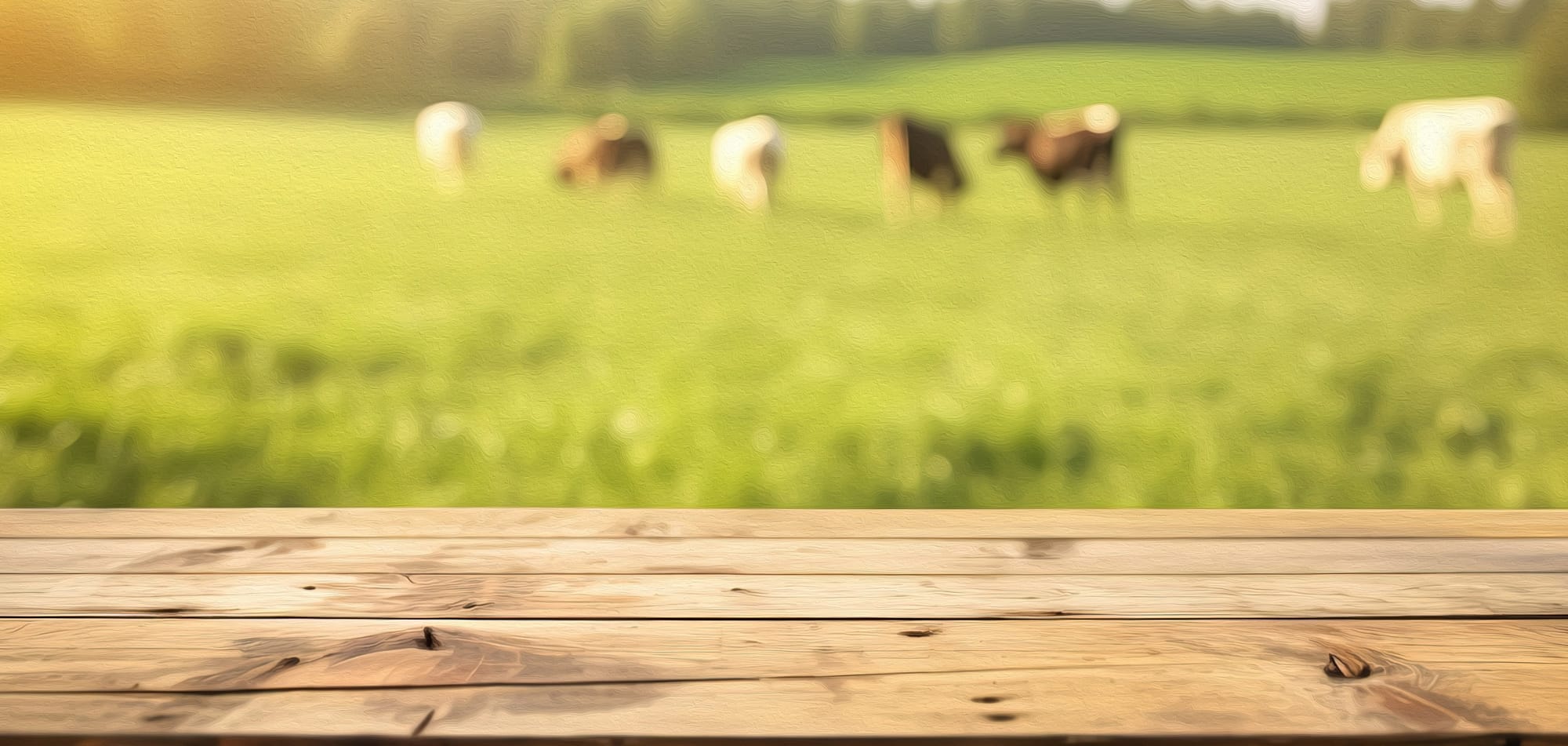Liver Free or Die
I object to the narrow use we make of the animals that pay the ultimate sacrifice on the way to our table.

I have on my food critic’s hat today, although I am not about to start criticizing anyone’s cooking. I am thinking about the upcoming growing season, about the availability of local produce and vivid colors on the plate. At the same time, I am thinking about regionally raised and slaughtered beef, poultry, lamb, and pork. It is this that has me donning my critic’s hat. Not because I object to meat-eating. I do not. I object to the narrow use we make of the animals that pay the ultimate sacrifice on the way to our table. If we used more of them, I feel certain the supply of locally produced meats and poultry would increase, which would be good for all, including the animals, for the time they are with us.
My wife and I drove to Quebec City recently. On the way, we listened to Bill Buford’s book Dirt, which came out a few years ago. In his self-deprecating style, it chronicles his adventures moving to Lyon, France with his wife and two small children to work in a French kitchen, as the French masters do, for a (frequently) uncompromising and abusive Michelin star chef. The book is an amusing look back at the nights and weekends Buford spent peeling and chopping bushels of carrots and artichokes and peas (yes, peeling the skin off the individual peas), under the glaring eye and insistence of various Sous Chefs. Précisément, monsieur!
The menus and preparations in the book are classically French: heavy, saucy, thick with cream and butter. Your doctor would not want you to eat that way every night at home. But no part of an animal is overlooked, not the stomach, heart, lungs, kidneys, liver. Right down to the squeal of the pig, as they say. They eat it all.
Before finding his way into a Lyon kitchen, Buford does other things such as work for a baker and then a butcher. Working for the butcher, he describes the ritualistic process of dispatching a prize pig with a sharp knife and collecting the blood (his job), which is promptly converted into Boudin Noir (blood sausage), but not before he is obligated by his experienced and mischievous colleagues to taste the blood for seasoning. With everything to prove, he obliges, and to his surprise, it is rather warm and delicious.
This is a family newspaper. I should be careful about using gruesome images. Except that we have become squeamish about our food thanks to how remote the processing has become. Father does not head to the barnyard in the morning to bring a fresh chicken back to the kitchen for dinner with instructions to one of the children to pluck and clean it. I have done some upland game shooting. I can gut and cut up a bird with anyone. But I admit I have never decapitated a chicken, although I was in the company of my father when he did (farm boy that he had been), and I have never brought a spoon of properly seasoned, fresh pig’s blood to my lips or dined on braised beef lung soaked in onions and milk. (Beef/pig/sheep lung is illegal in the United States, making it hard for us to produce our own Haggis, which is a personal favorite alongside a dram of scotch.)
I did own a restaurant and a market, and over the course bought and attempted to sell greater percentages of the whole (local) animal from either the meat case or menu as, for instance, savory pies like steak and kidney and venison and trotter (pig’s foot), or country pâtés. We made a meatloaf with beef heart that was delicious. For a while, we featured skinned, whole rabbits in the market case (Lapin au Vin, anyone? Tastes like chicken). Someone walked in one day and commented, “That’s a little tough to face first thing in the morning.” All I can say is, thank goodness we had a large freezer section.
The shortlist of books I would like to write includes one that will call on our years of innkeeping. Something light-hearted that celebrates the richness of hospitality, which is a stew of experiences and personalities. In that book, I intend to go on at length—light-heartedly—about children who are brought to restaurants with no range of culinary motion. They live in the equivalent of a food closet (is that light-hearted enough?), confined to grilled cheese, pasta with butter, or fried chicken fingers, plus maybe a few apple slices and bananas. I have grandchildren accustomed to the same small spaces, kept there by “I’m-too-tired-to-argue-about-what’s-for-dinner” syndrome. A pandemic, if ever there was one.
This pandemic is murder on the global climate, which is impacted grotesquely by the methane gas of factory farms. But there are extensive forms of a cure. I give you one example: an affordable, protein and vitamin-rich meal of New Hampshire beef liver and onions, bacon, red wine reduction, puréed potatoes, and summer squash right out of the garden. Good for you. Good for everyone.
Bon appétit.
(Published May 7, 2024 in the Monadnock Ledger-Transcript)

